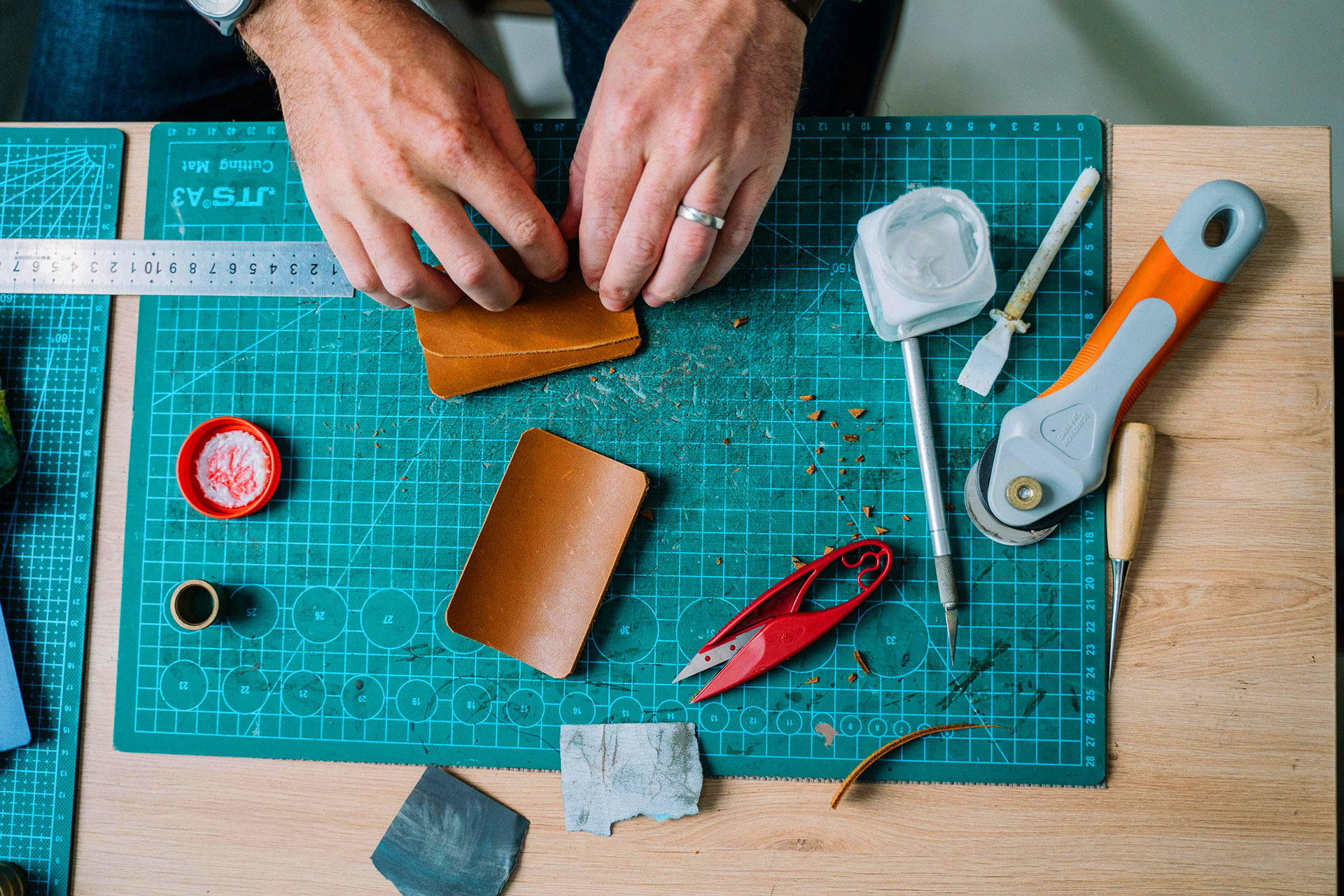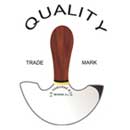
19 Sep When Tools Become Part of What We Leave Behind
Tools are more than objects of steel and wood. They are companions to the craft, witnesses to the work, and sometimes the most enduring reminders of a life lived in creation. When passed down, they carry fingerprints, worn handles, and the silent memory of every project they touched. Tools, in their quiet way, often outlast the people who held them.
The Story Etched in Wear
A knife with a smoothed grip or a hammer with a handle darkened by years of use tells more than a manual ever could. Every scratch, dent, or polish spot is a record of labor and persistence. Unlike disposable items, well-made tools gather history. They become physical stories, tokens of patience, skill, and repetition.
A Bridge Between Generations
In many families, tools pass from one set of hands to another. A leatherworker’s awl, a carpenter’s plane, a blacksmith’s hammer; these objects serve not only as instruments but as bridges.
They connect children and apprentices to the work of their elders. Holding a tool once used by a mentor or parent feels like shaking hands across time.
Why Certain Tools Endure
Not every tool earns a place in memory. The ones that do are usually built with integrity and cared for with discipline. Strong steel that sharpens cleanly, hardwood handles that grow smoother with years, designs that resist obsolescence, all of these make survival possible.
But endurance is also about meaning. A tool used to create something lasting, a chair, a saddle, a building, becomes part of a bigger legacy.
The Symbolism of the Toolkit
A collection of tools often represents more than practicality. It signals identity. To outsiders, it may look like a box of wrenches or a row of chisels. To the owner, it is a declaration of trade, of passion, of purpose. And when that collection is passed along, it says: this is who I was, and this is what mattered to me.
Some of the most meaningful qualities these heirloom tools share include:
- Marks of use that show authenticity
- Durability that outlasts decades of work
- Familiarity in the hand, even after years away
- Connections to projects and people long gone
The Quiet Immortality of Craft
In the end, tools remind us that what we build outlasts us. They carry the memory of the hands that wielded them, but they also carry the potential to keep creating. When tools are handed down, they continue the story, new hands, new projects, new marks of wear.
This quiet continuity makes them more than possessions. They become part of what we leave behind.
Conclusion
A life’s work may fade from memory, but tools endure, etched with history, ready for the next set of hands. They are not just instruments of labor. They are pieces of legacy, shaped by the past and waiting for the future.


